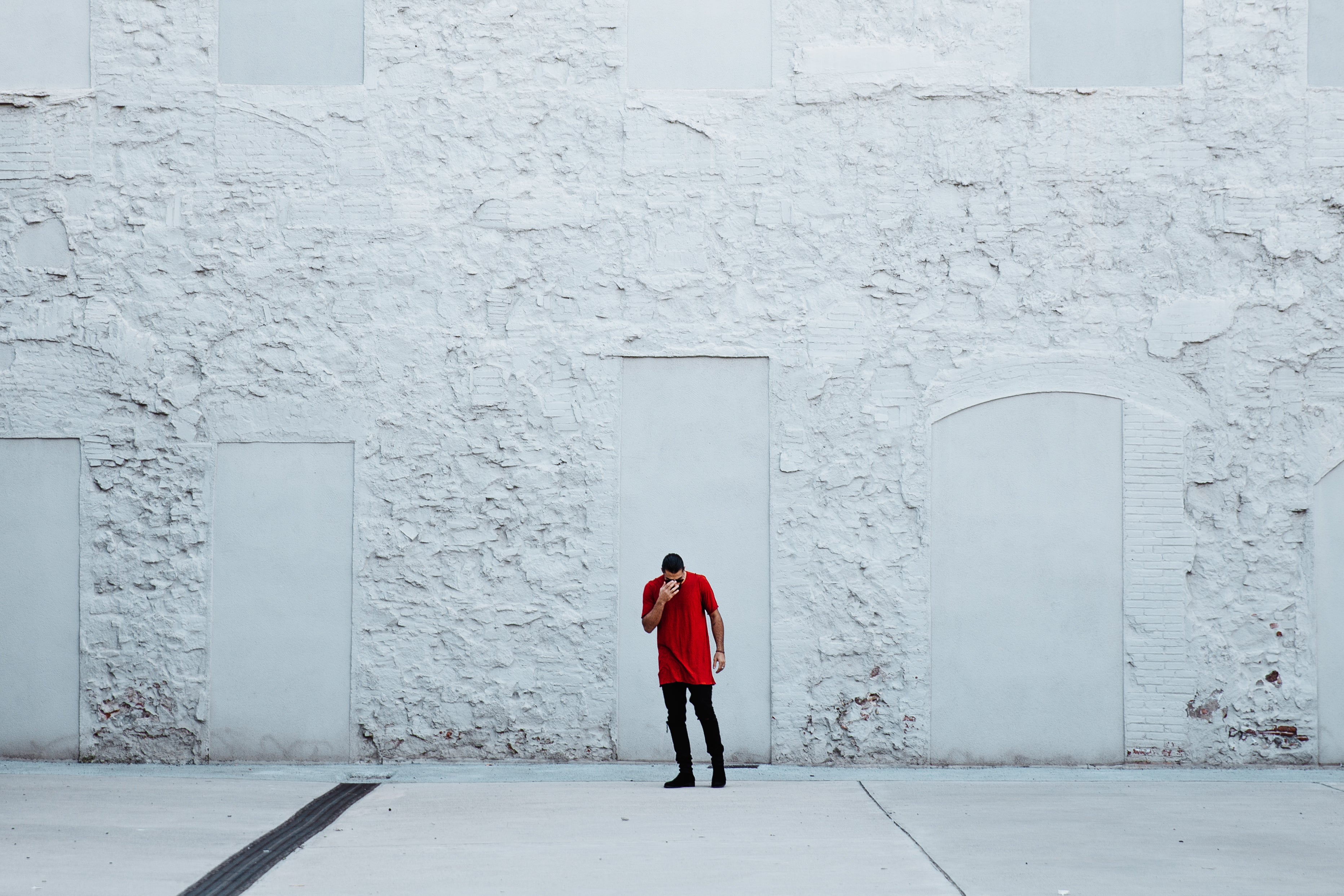
Browse our latest products
Featured products
-
Abraham Mathias Gold Stoned Designed Suede Leather Men's Half Shoe- Black
Regular price ₦47,998.50 NGNRegular priceUnit price / per -
Abraham Mathias Plain Leather With Classic Chain Men's Half Shoe- Black
Regular price ₦47,998.50 NGNRegular priceUnit price / per -
Berlut Brogue And Tassel Designed Black Leather Shoe
Regular price ₦62,998.50 NGNRegular priceUnit price / per -
Berlut Brogue And Tassel Designed Black Leather Shoe- Coffee
Regular price ₦62,998.50 NGNRegular priceUnit price / per -
Berlut Brogue And Tassel Designed Grey Leather Shoe
Regular price ₦62,998.50 NGNRegular priceUnit price / per -
Berlut Elegant Monk Designed Half Leather Shoe - Coffee
Regular price ₦62,998.50 NGNRegular priceUnit price / per -
Berlut Lace Designed Black Suede Formal Shoe
Regular price ₦64,498.50 NGNRegular priceUnit price / per -
Berlut Side Perforated Formal Men's Shoe- Brown
Regular price ₦62,998.50 NGNRegular priceUnit price / per















